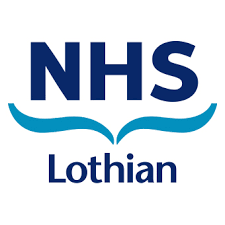If de-labelling was not deemed safe/suitable:
Clearly document the nature of the allergy and the reason de-labelling is not safe/suitable, by following the steps below:
- Document in patient notes, in particular the reason they are not suitable for de-labelling, using "\penicillinallergy"
- Update TRAK & HEPMA allergies field, maintaining the allergy label and adding the comment:
- “Not suitable for allergy de-labelling on DD/MM/YYYY due to: XXXX"
- Inform patient and provide patient information leaflet here
- Inform the patient’s GP and ask them to ensure the patient's ECS is updated with nature of allergy:
- Include nature of allergy in discharge letter/correspondence
- Consider sending a specific letter or email to the GP practice as appropriate
Review the "Antimicrobial prescribing for patients with penicillin allergy" section for further advice.
If de-labelling was attempted and allergy confirmed:
Clearly document the challenge has taken place and the outcome, by following the steps below:
- Document in patient notes, using “\penicillinallergy”
- Update TRAK & HEPMA allergies field, maintaining the allergy label and adding the comment:
- “Allergy to XXXX confirmed DD/MM/YYYY following oral challenge: symptoms/signs XXXX"
- Inform patient and provide patient information leaflet here.
- Inform the patient’s GP and ask them to ensure ECS is updated with nature of allergy:
- Include nature of allergy in discharge letter/correspondence
- Consider sending a specific letter or email to the GP practice as appropriate
Review the "Antimicrobial prescribing for patients with penicillin allergy" section for further advice.
Clear documentation is important to avoid uncertainty around the nature of a patient's allergy in the future.

